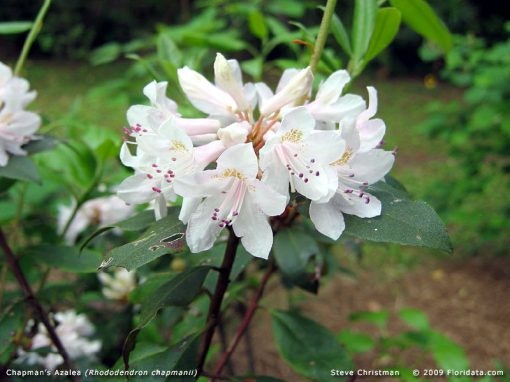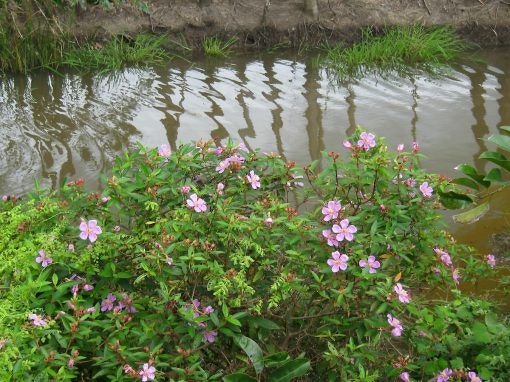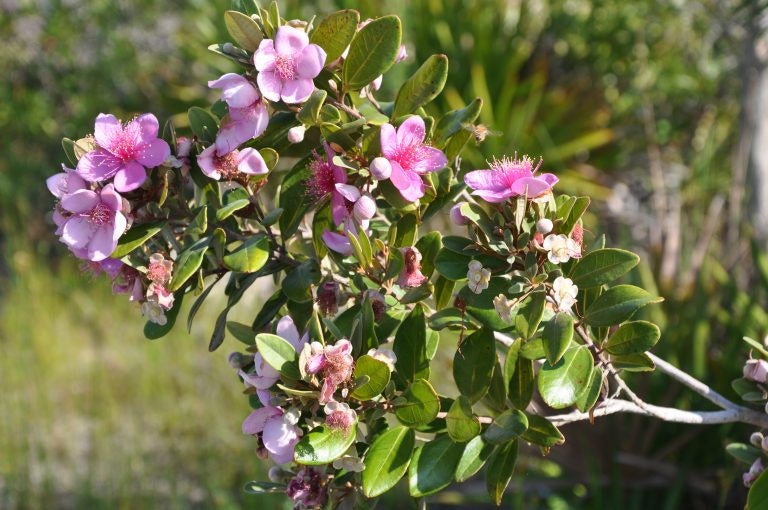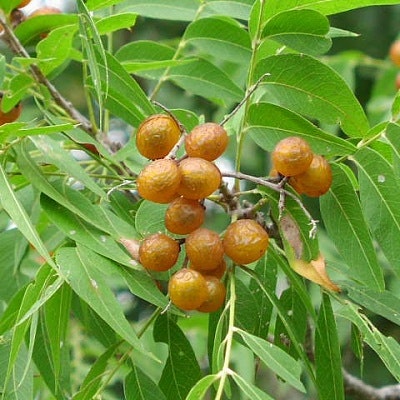Downy Rose Myrtle: Rhodomyrtus tomentosa



Evergreen shrub that grows up to 6′ tall with short, dense, soft hairs on the stems. Has 1″ diameter rose colored flowers. Produces a dark purple berry. Will establish a dense one-species thicket in the pine under story ( monoculture). Threatens all other important under story shrubs and new pine growth. Threatens to become worse than Brazilian pepper here in central Florida. Apparently “fire-adapted”, downy rose myrtle re-sprouts prolifically after fires. Some humans reportedly harvest the fruit to make jam.
Sounds like a beautiful useful shrub, doesn’t it? It produces flowers and a berry you can make jam from. It would be, except that it is so proliferative and spreads so easily by seeding (from animal and bird defecation) and will take over the complete under story ecology of a forest, pasture, or your yard.
Alternatives to downy rose myrtle: Rhododendron chapmanii (Florida native azalea species, more on this species at: https://floridata.com/Plants/Apocynaceae/Rhododendron%20chapmanii/1104); Hibiscus; Walters viburnum; red mulberry; elderberry; flatwoods or chickasaw plum; Miccosukee Gooseberry, a Florida Endangered plant; soap berries (sapindus saponarius) These berries whip like egg whites. Whipped, with a little sugar, they form “Indian Ice Cream”. The soap berry laughs off cold and drought. They also make an attractive landscape plant, especially for xeriscape situations. And, yes, the bees love them.
